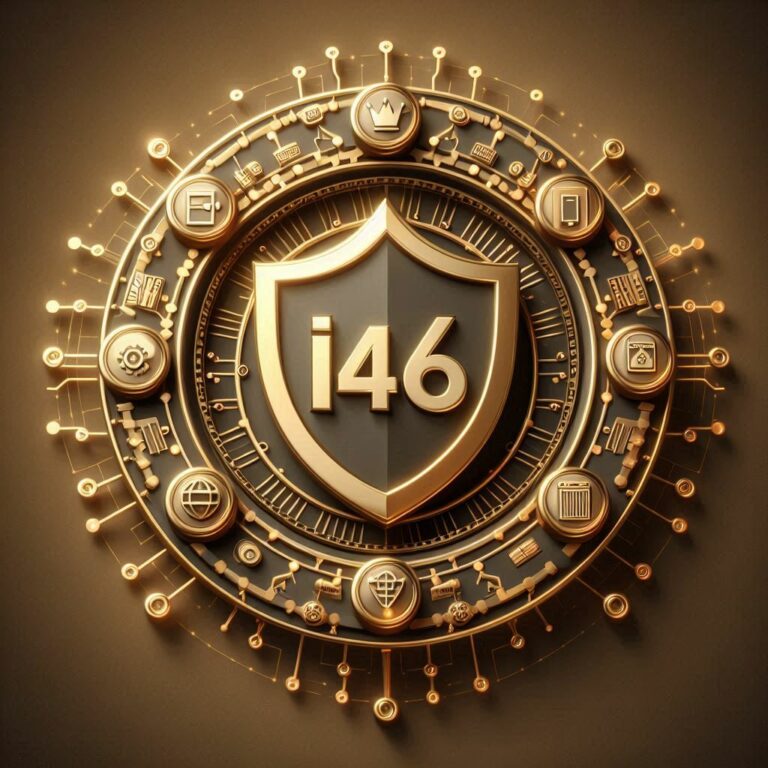Securing the Connected World: A Deep Dive into the U.S. IoT Cybersecurity Improvement Act of 2020

The Internet of Things (IoT) has become integral to our daily lives. From smart home devices adjusting lighting and temperature to industrial sensors monitoring critical infrastructure, these interconnected tools offer convenience, efficiency, and valuable data insights. However, this growing interconnectedness brings increased risk: the vulnerability of these devices to cyberattacks. Malicious actors can exploit weaknesses in IoT devices to steal sensitive data, disrupt operations, or launch broader system attacks. Recognizing this challenge, the U.S. government took a pioneering step with the IoT Cybersecurity Improvement Act of 2020. This landmark legislation is the first law specifically designed to address the security of IoT devices within the federal government.
Defining the Landscape: What Makes an IoT Device?
The Act establishes a clear definition of an IoT device, differentiating it from traditional computing devices. According to the legislation, an IoT device possesses three key characteristics:
- Sensors or Actuators: These components allow the device to interact with its physical environment. Sensors collect data on factors like temperature, pressure, or motion, while actuators influence the physical world based on received signals, such as adjusting a thermostat or turning on a light.
- Network Interface: The device must connect to a network, either wired or wireless, to transmit or receive data. This allows for remote control, data analysis, and integration with other devices.
- Autonomous Operation: Unlike traditional computer peripherals like keyboards or printers, IoT devices function independently and are not solely reliant on connection to a larger system to operate.
This definition excludes commonly used devices like smartphones and laptops, which possess these characteristics but fall under the broader category of personal computing devices.
The Role of NIST: Setting the Standards for Secure IoT
A central pillar of the Act’s effectiveness lies in the role of the National Institute of Standards and Technology (NIST). NIST, a non-regulatory government agency, was tasked with developing comprehensive guidance for federal agencies on the secure use and management of IoT devices.
The cornerstone of this guidance is the NIST SP 800-213 Series, which includes:
- IoT Device Cybersecurity Guidance for the Federal Government: This document serves as a roadmap for federal agencies throughout the lifecycle of an IoT device. It outlines critical security considerations, including secure acquisition practices, secure configuration and deployment procedures, ongoing monitoring and maintenance, and responsible decommissioning practices.
- IoT Device Cybersecurity Requirements Catalog: This comprehensive catalog details specific security requirements for IoT devices. These requirements align with broader cybersecurity frameworks established by NIST, such as SP 800-53 and the Cybersecurity Framework, ensuring consistency and a holistic approach to securing federal infrastructure.
The development of these guidelines involved extensive public feedback and collaboration with stakeholders across industry, academia, and security experts. This commitment to inclusivity fosters the creation of practical and adaptable security standards. Recognizing that the IoT landscape is constantly evolving, the Act mandates a review and revision process for the NIST SP 800-213 Series every five years to ensure the standards remain relevant and effective against emerging technologies and threats.
Enforcement and Impact: Raising the Bar for IoT Security
Perhaps the most impactful aspect of the Act is the prohibition on federal agencies procuring or utilizing non-compliant IoT devices. This regulation serves as a powerful incentive for device manufacturers to prioritize security in their development processes. By requiring compliance with NIST standards, the Act aims to raise the bar for overall IoT security within the federal government. This, in turn, has the potential to influence broader market practices. As federal agencies represent a significant portion of the demand for IoT devices, manufacturers will likely find it advantageous to adhere to these standards to remain competitive. This can ultimately benefit consumers by encouraging higher security standards across the entire IoT market.
Challenges and Opportunities: Implementation in the Real World
The implementation of the Act presents both opportunities and challenges. Agencies will need to invest in resources and expertise to effectively evaluate the compliance of potential IoT devices. This may involve developing internal testing capabilities or partnering with accredited security testing labs. Additionally, fostering a culture of cybersecurity awareness among agency personnel is essential to ensure the responsible use and management of these devices.
For the private sector, the Act offers a valuable roadmap for prioritizing security in the design and development of IoT products. By adhering to the established standards, manufacturers can enhance consumer trust and gain a competitive edge in the marketplace. Additionally, the Act presents an opportunity for collaboration between government agencies and the private sector. Sharing best practices and fostering innovation can lead to the development of more secure and robust IoT devices.
The Road Ahead: Navigating the Evolving Landscape of IoT Security
The IoT Cybersecurity Improvement Act of 2020 represents a significant milestone, but the journey toward a secure connected world is far from over. Both the government and the private sector face challenges and opportunities as they navigate the Act’s implementation.
Challenges for Government Agencies:
- Building Expertise: Evaluating device compliance with the NIST standards requires specialized knowledge. Agencies may need to develop internal testing capabilities, invest in training for existing personnel, or partner with accredited security testing labs, necessitating budget allocation and strategic planning.
- Shifting Culture: Security awareness training for agency personnel is crucial. Encouraging responsible use and management of IoT devices requires a cultural shift within agencies, fostering a shared understanding of potential risks and best practices for mitigation.
Opportunities for Government Agencies:
- Collaboration and Innovation: The Act presents an opportunity for collaboration with the private sector. By sharing best practices and fostering innovation, government agencies can contribute to developing more secure and robust IoT devices that benefit the broader public.
- Leading by Example: The federal government’s commitment to secure IoT practices can serve as a model for state and local governments, encouraging the adoption of similar standards across the public sector, creating a more consistent approach to securing critical infrastructure and citizen data.
Challenges for the Private Sector:
- Meeting Compliance Demands: Manufacturers will need to adapt their development processes to ensure their products comply with the NIST standards. This may require investments in security testing, secure coding practices, and ongoing vulnerability management strategies.
- Market Dynamics: While some manufacturers may view compliance as a cost burden, others will see it as an opportunity. By prioritizing security and adhering to the standards, manufacturers can gain a competitive edge by offering products that inspire consumer trust and meet the growing demand for secure IoT devices.
Opportunities for the Private Sector:
- Standardization and Clarity: The Act provides a clear and consistent set of security standards for IoT devices, which can streamline development processes and reduce uncertainty for manufacturers, potentially leading to cost savings in the long run.
- Building Trust and Reputation: Consumers are increasingly concerned about the security of connected devices. Manufacturers who demonstrably adhere to the NIST standards can build trust and enhance their brand reputation, attracting a wider customer base.
The Road to a Secure Future
The successful implementation of the IoT Cybersecurity Improvement Act hinges on ongoing collaboration between government agencies, industry leaders, and cybersecurity experts. By sharing knowledge, fostering innovation, and adapting to the evolving threat landscape, stakeholders can create a secure foundation for the future of the Internet of Things. As the number of connected devices continues to grow exponentially, prioritizing security is not just a technological imperative but a societal necessity. The Act serves as a blueprint for achieving this goal, paving the way for a more secure and interconnected world in the years to come.
Source
Maayan. (2024). IoT Security Regulations: A Compliance Checklist – Part 1. Tripwire. https://www.tripwire.com/state-of-security/iot-security-regulations-compliance-checklist-part-1.



